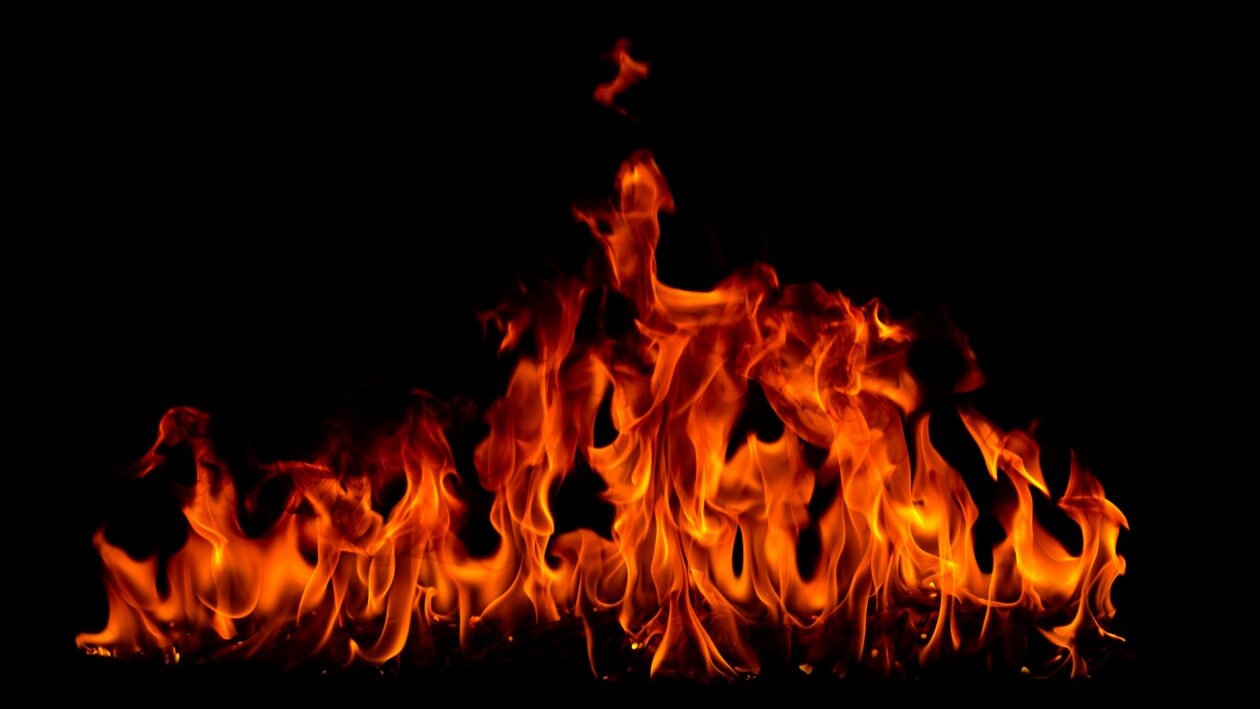Thousands of paintings by English artist Damien Hirst will be set on fire during an October exhibition, but will live on as non-fungible tokens (NFTs), according to London’s Newport Street Gallery, which is a host for the event that will run through the end of the month.
The Guardian newspaper estimates the works, a series of 10,000 canvases featuring the artist’s trademark multi-colored dots, are worth more than US$11 million. Hirst has been estimated as the UK’s richest living artist with a fortune in excess of US$380 million.
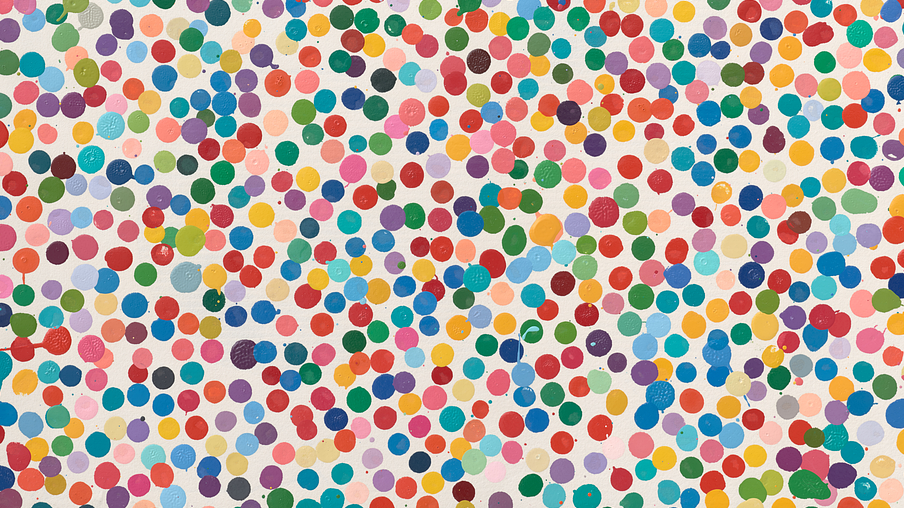
The event, Damien Hirst’s The Currency, kicked off in July 2021 in collaboration with digital arts service Heni and featured 10,000 NFTs corresponding to 10,000 canvases, according to the Newport Gallery. Buyers of the artwork were asked to choose between the NFT or the physical version before a 27 July deadline this year.
By that date, just over half the collectors, 5,149, chose the painting and 4,851 the NFT. For those that chose the digital version, the corresponding canvas goes up in smoke. Those that went for the painting, will have their NFT destroyed.
NFTs are unique digital identifiers of an image recorded in a blockchain that can be used to certify an image’s authenticity and digital ownership. However, if an artist produces a piece of work both as a physical object and as an NFT, this can create ambiguity about who owns the original. Does the existence of one undercut the other?
To Hirst, fire cleanses all. His solution to the physical versus digital art dilemma is the destruction of one or the other – his patrons decide. In Hirst’s case, he has collaborated with the buyer to destroy his original work. However, in other projects, the artist isn’t always in on the NFT inspired bonfire.
Burning Frida Kahlo
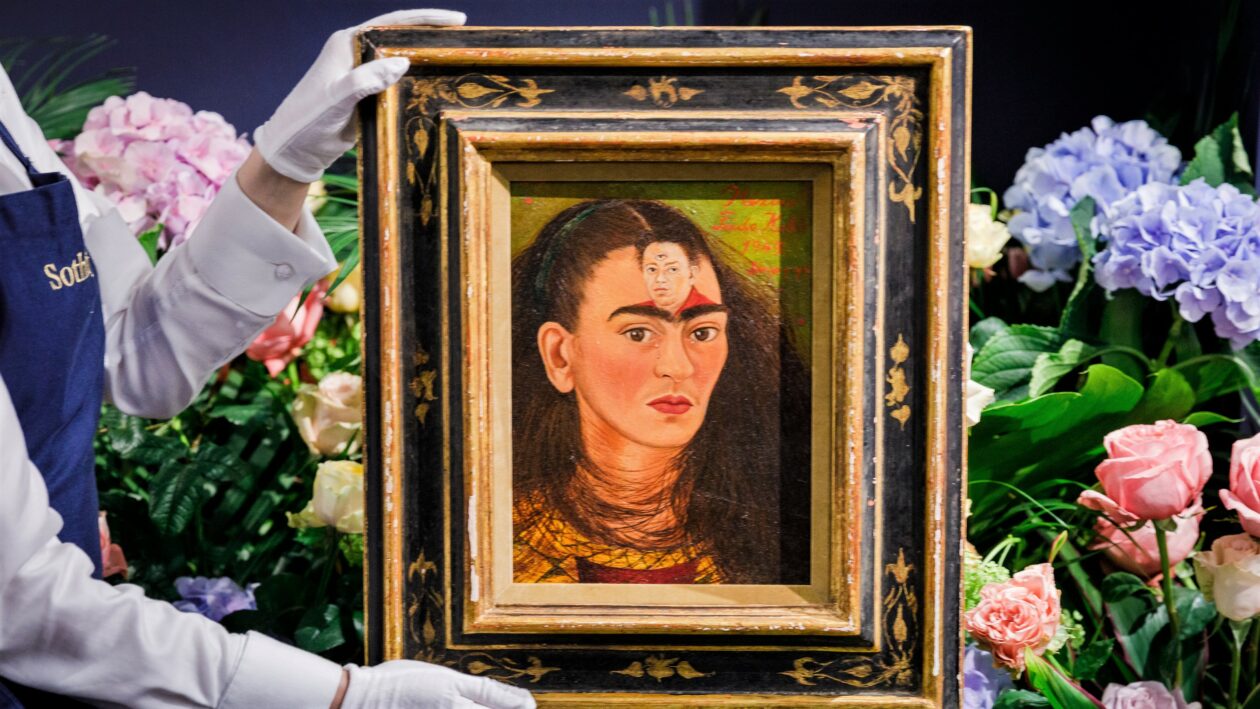
When Mexican art collector and cryptocurrency entrepreneur Martin Mobarak bought “Fantasmones siniestros,” a small painting by the late Mexican artist Frida Kahlo and valued at around US$10 million, few would have expected him to set it ablaze in a move some authorities say crossed the line.
During a private event at his Florida mansion in July, Mobarak, the creator of a cryptocurrency token named AGCoin, filmed the incineration of the 1945 drawing.
A video posted by Mobarak on his FridaNFT website appears to show the businessman removing the small colorful drawing from its frame, setting it in a martini glass of dry ice and fuel, and then igniting it to the tune of mariachi music and cheers from the audience.
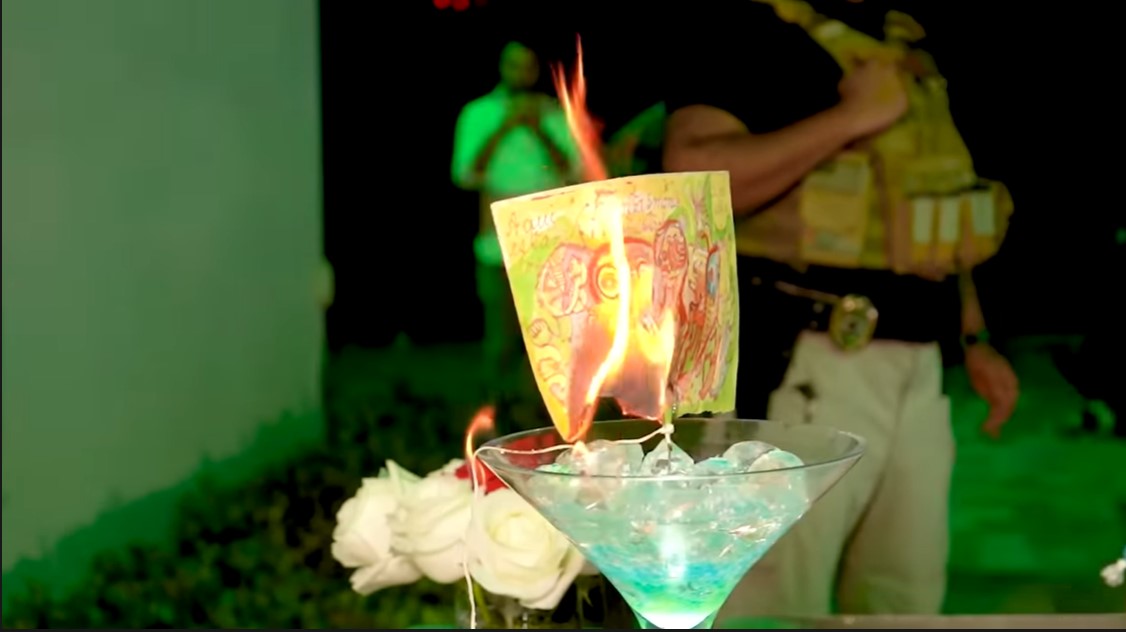
With the original Kahlo work gone, Mobarak’s website declares the painting has “permanently transitioned into the metaverse.” The FridaNFT site is now selling 10,000 digital images of Fantasmones siniestros for the price of 3 Ether crypto each, which totals about US$40 million depending on the price of Ether.
The website says that the proceeds will go to several arts and children’s health philanthropic causes and nonprofit organizations. The recipients include Mexico City’s Palace of Fine Arts, overseen by the National Institute of Fine Arts and Literature (INBAL), the country’s leading cultural authority.
INBAL, however, rejected the donation to the Palace of Fine Arts. The government agency stated that Kahlo’s artwork is considered an “artistic monument.” Deliberate destruction of an artistic monument constitutes a crime in terms of the Federal Law on Monuments and Archaeological, Artistic and Historical Zones, INBAL said.
The institute said it will investigate the incident to identify if the painting was authentic before taking further action. Mobarak’s website says the artwork was verified as authentic on July 30th, 2022, by “top Frida Kahlo Curator,” Andres Siegel.
Banksy’s Morons

The burning of the Frida Kahlo painting is reminiscent of the fate of an original piece by the artist Banksy last year.
A reportedly authenticated print of Banksy’s work “Morons” was set to flame in a live-streamed video in March 2021 after being bought by the blockchain company Injective Protocol for US$95,000 and minted as an NFT. Banksy first released Morons as 100 screenprints in 2006.
“The reason the burning itself is so important is that as long as the physical piece exists, the value of that piece will remain with the physical,” says the man in the video wearing a black surgical mask, who then sets fire to the picture.
The Morons NFT sold for 228.69 ETH, which was worth US$380,000 at the time. The NFT has not been resold, but the latest bid on the OpenSea trading platform is around 0.35 ETH, or about US$460.
Cherry on top
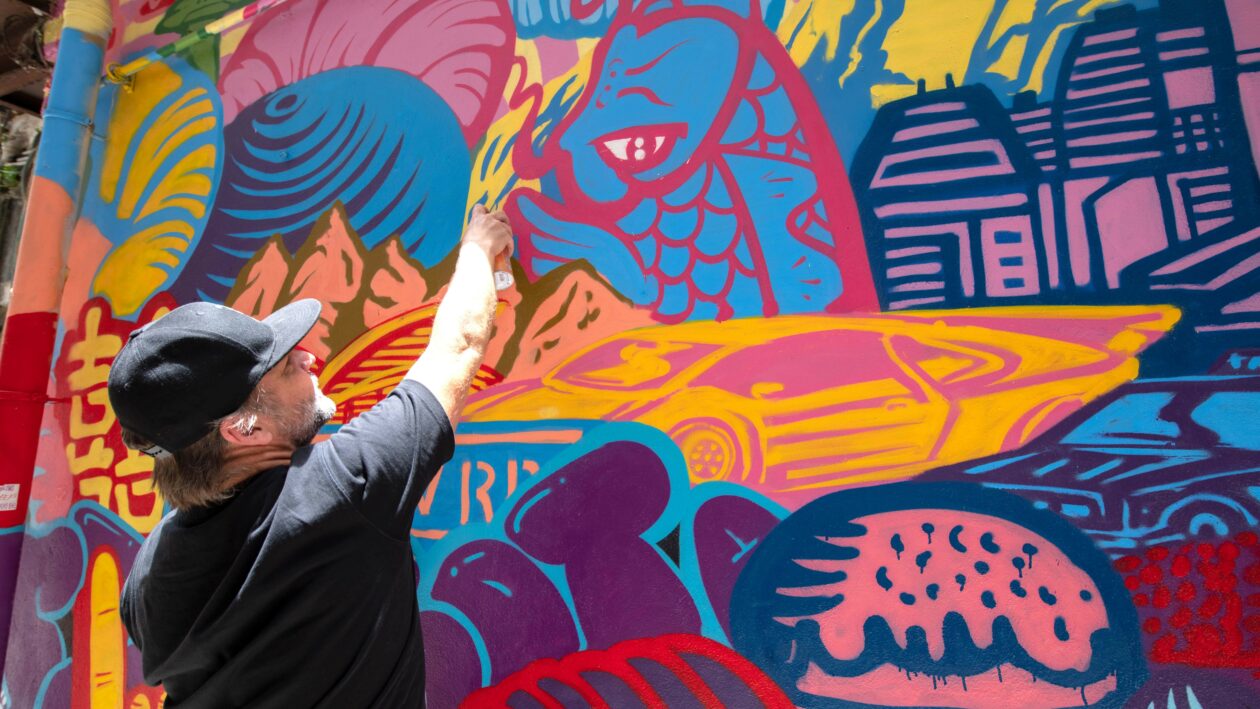
Many NFT projects connected to physical works are not so destructive. Hong Kong-based contemporary street artist Szabotage – real name Gustav Szabo – sells physical works of art along with NFTs.
He said he started as a graffiti artist and was inspired by the likes of Banksy, but has never considered destroying a physical piece as part of an NFT sale. The smell, feel, and experience of the art in an open space alongside other people can’t be transferred, he said.
“I think moving forward, things are becoming more digital, but I still would like to jump between those two disciplines,” said Szabo. “I think it’s a natural progression for people to keep the physical pieces but to also want the digital version with a potential investment opportunity there.”
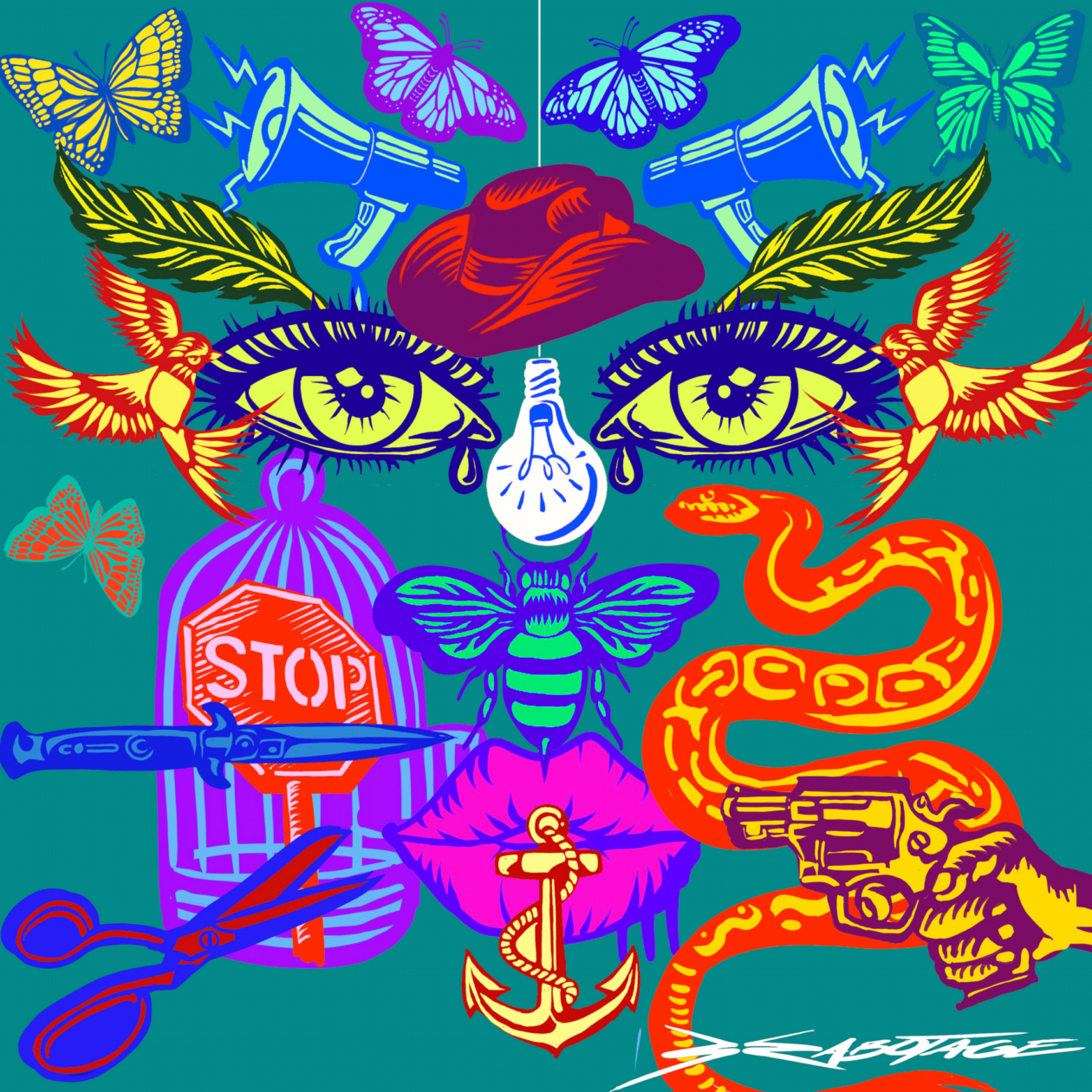
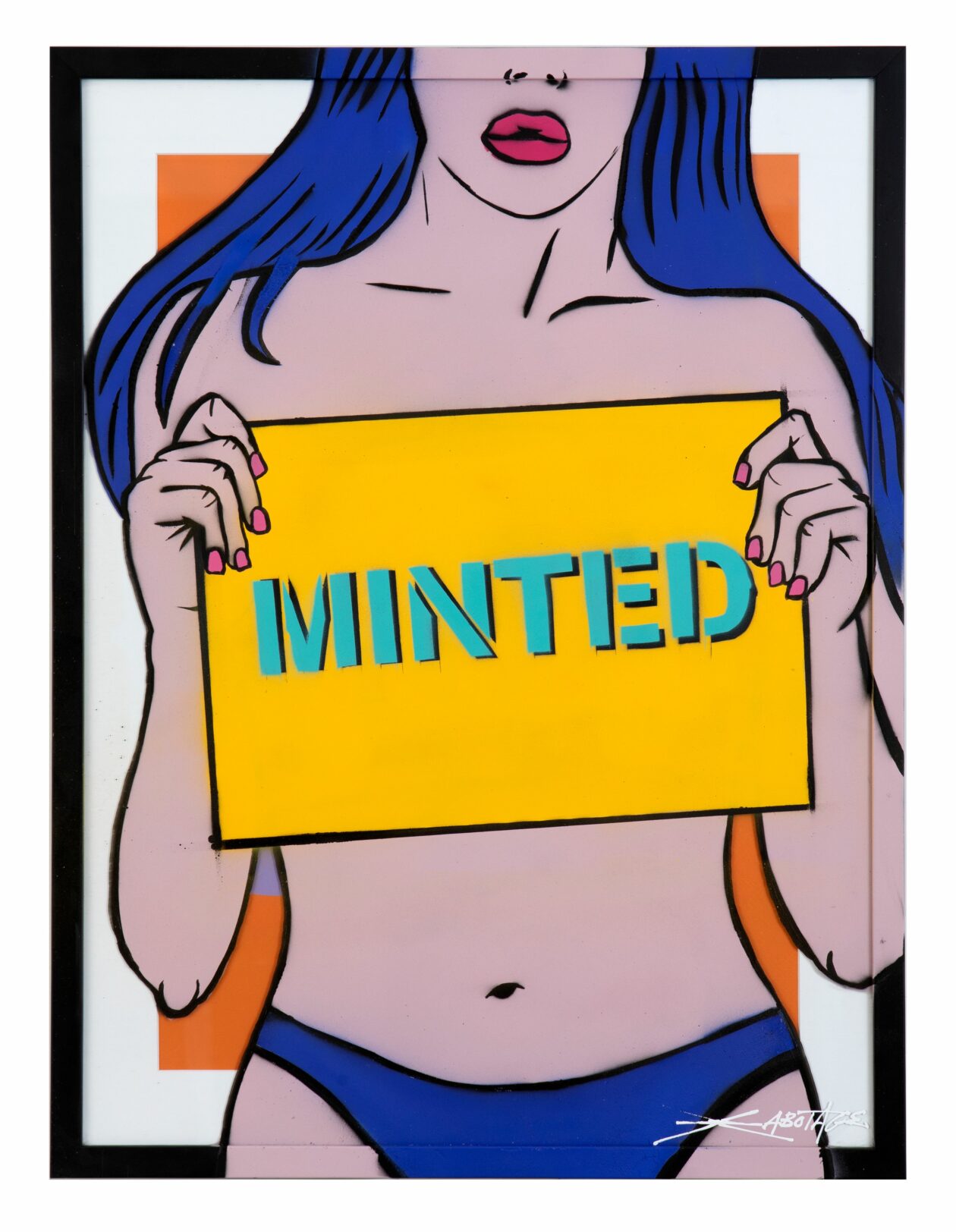

Szabo added: “digital work can extend the story of the physical piece … that little cherry on top.”
When it comes to historical art, NFTs can also be used to expand upon famous pieces rather than replace them, according to founder and CEO of Web3 start-up platform Appreciator.io’s Emily Cheung. She is heading the inaugural Van Gogh art NFT project in collaboration with the Van Gogh Sites Foundation, set to launch at the Mandarin Oriental Hotel in Hong Kong on 10 October.
The collaboration will sell NFTs based on Van Gogh’s work, with the proceeds used for Van Gogh heritage preservation and artists’ development, said Cheung.
She said the burning of Frida Khalo’s Fantasmones siniestros was a “heartbreaking moment” for the art world. Instead, Appreciator.io wishes to utilize NFTs to recreate and reinspire new art audiences.
Cheung adds: “It should be about how we can use this technology for good, using it to create value for cultural institutions, for cultural heritage preservation, and use it to expand creativity and tell the story of art.”
